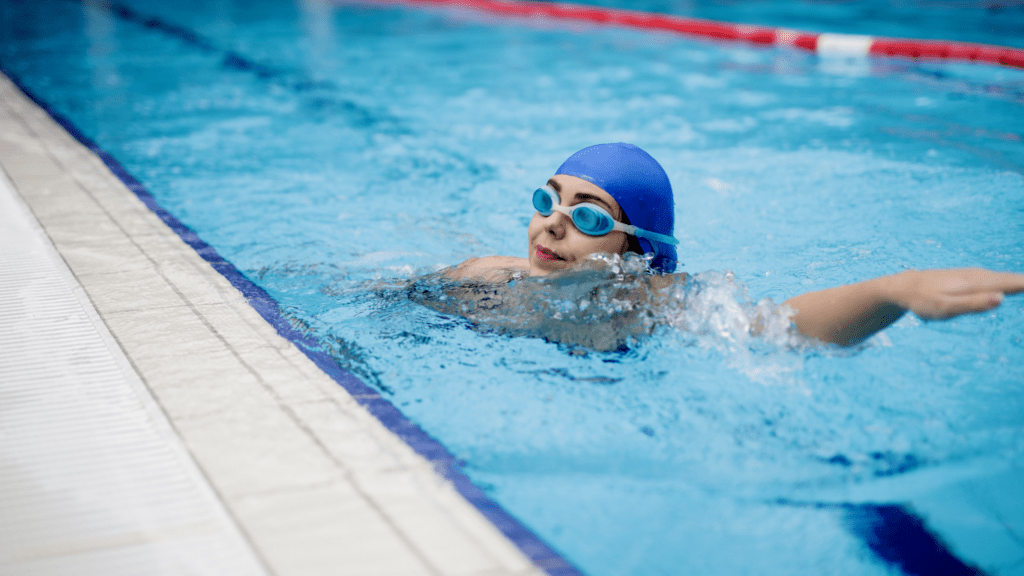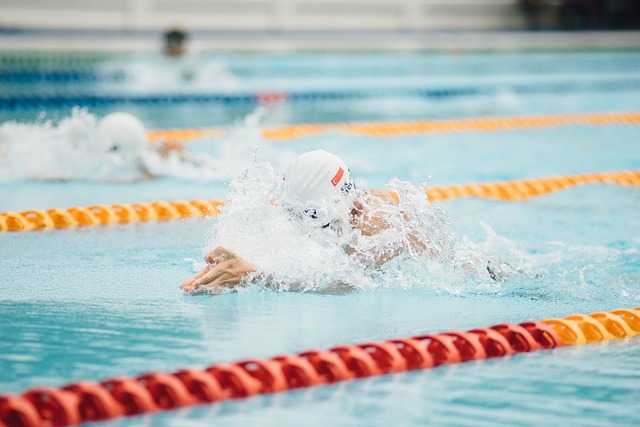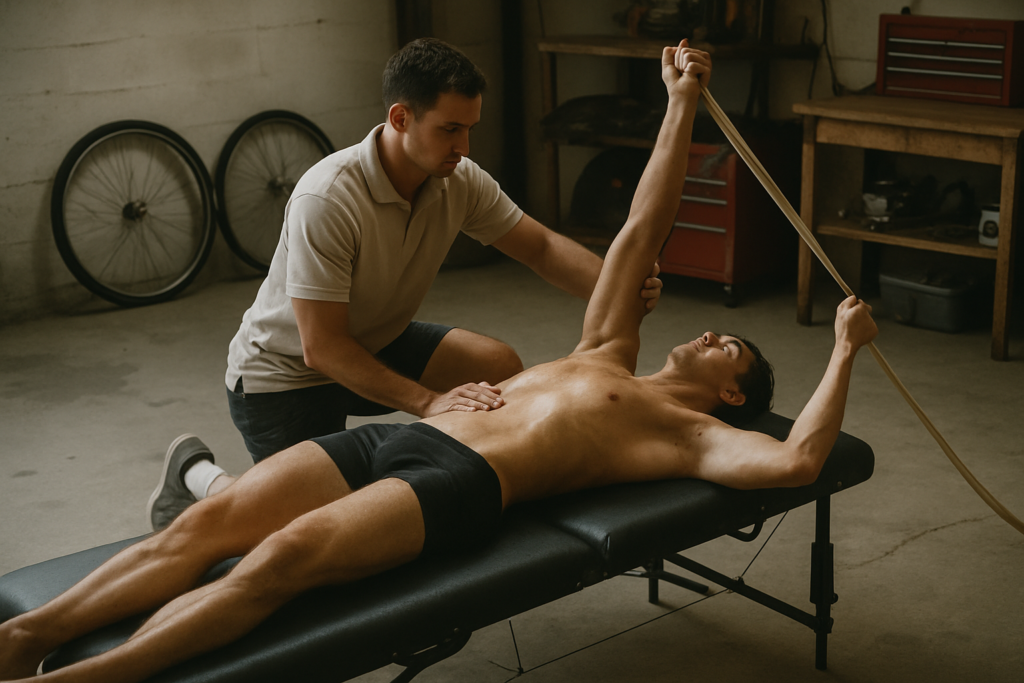Are you looking to enhance your swimming endurance and glide through the water with ease? As someone who has spent years refining my swimming techniques, I understand the importance of building stamina in the pool. In this article, I’ll share valuable tips and strategies to help you boost your swimming endurance and achieve your fitness goals.
Swimming is not just about speed; it’s also about maintaining stamina to swim longer distances comfortably. Whether you’re a beginner or a seasoned swimmer, improving your endurance can elevate your overall performance in the water. By incorporating specific training methods and focusing on proper breathing techniques, you can increase your stamina and enjoy longer, more efficient swims. Let’s dive in and explore how you can take your swimming endurance to the next level.
Understanding Swimming Endurance
Swimming endurance plays a crucial role in improving overall performance in the water. As a seasoned swimmer, I’ve learned that endurance is not only about speed but also about the ability to sustain long distances comfortably. By focusing on building endurance, swimmers can enhance their stamina, allowing them to swim more efficiently and cover longer distances without tiring quickly.
The Role of Endurance in Swimming
Endurance is a key component in swimming as it directly impacts how long a swimmer can maintain their performance in the water. By improving endurance, swimmers can push themselves to swim greater distances without feeling fatigued. It also contributes to enhancing cardiovascular fitness and muscle strength, enabling swimmers to achieve their fitness goals effectively.
Factors Affecting Swimming Stamina
Several factors can influence a swimmer’s stamina in the water. These include proper breathing techniques, body positioning, stroke efficiency, and overall cardiovascular fitness. By focusing on these factors and incorporating specific training methods into their routine, swimmers can improve their endurance levels and swim longer distances with ease.
Essential Techniques for Enhanced Endurance
When it comes to improving swimming endurance, mastering essential techniques is key. Proper breathing techniques and efficient stroke mechanics play crucial roles in enhancing endurance levels for longer and more efficient swims.
- Proper Breathing Techniques
In swimming, adopting the right breathing techniques is essential for optimizing endurance. It’s important to establish a rhythmic breathing pattern that aligns with your strokes. I focus on exhaling fully while my face is in the water and inhaling quickly while turning my head to the side. This technique helps maintain a steady flow of oxygen to the muscles, promoting endurance and reducing fatigue during extended swims. - Efficient Stroke Mechanics
Efficient stroke mechanics are fundamental for conserving energy and improving endurance in the water. I prioritize streamlining my body position to reduce drag and exert less energy with each stroke. By engaging core muscles and ensuring a smooth and powerful stroke technique, I’m able to sustain longer swims without compromising speed or stamina. Perfecting stroke mechanics not only enhances efficiency but also contributes to overall swimming endurance.
Training Strategies to Boost Endurance
I’ve found that incorporating specific training strategies into your swim routine can significantly enhance your endurance levels and overall performance in the water.
Establishing a Consistent Swim Routine
I’ve always believed that consistency is key when it comes to improving swimming endurance. By setting aside dedicated time each week for swimming sessions, you can gradually build up your endurance levels over time. Whether you’re a beginner or a seasoned swimmer, establishing a regular swim routine allows your body to adapt and become more efficient in the water.
Interval Training and Its Benefits
Interval training has been a game-changer for me when it comes to boosting my swimming endurance. By alternating between high-intensity bursts and periods of rest or lower intensity, interval training helps improve cardiovascular fitness, increase lung capacity, and enhance overall endurance. Incorporating intervals into your swim workouts not only challenges your body but also allows for recovery time, making it an effective strategy for building endurance.
Nutritional Guidelines for Swimmers

As a swimmer aiming to improve endurance, proper nutrition plays a vital role in optimizing performance in the water. Focusing on hydration and consuming energy-boosting foods are essential for sustained swimming sessions.
Importance of Hydration
Staying hydrated is key to maintaining peak performance while swimming. Dehydration can lead to fatigue, muscle cramps, and reduced endurance levels. As I prioritize my swimming goals, I ensure I drink an adequate amount of water before, during, and after my swim sessions. Opting for water or sports drinks over sugary beverages helps replenish fluids and maintain electrolyte balance for optimal endurance.
Optimal Foods for Energy and Recovery
Choosing the right foods for energy and recovery is crucial for swimmers looking to enhance their endurance. Incorporating complex carbohydrates like whole grains, fruits, and vegetables into my meals provides a steady release of energy for long swims. Lean proteins such as chicken, fish, and legumes aid in muscle repair and recovery post-workout. Including healthy fats from sources like nuts, seeds, and avocados supports overall energy levels and endurance capacity. By fueling my body with nutrient-dense foods, I can improve my swimming endurance and recovery, allowing me to push my limits in the water.
Monitoring Progress and Adjustments
I pay close attention to monitoring my progress and making necessary adjustments to my training plan.
Setting Realistic Goals
I set specific and achievable goals to improve my swimming endurance. By focusing on realistic targets, I can track my performance effectively and stay motivated throughout my training journey.
When to Modify Your Training Plan
I adapt my training plan based on my performance and any signs of plateauing progress. It’s essential to be flexible and make adjustments when needed to continue enhancing my swimming endurance effectively.


 is a dedicated fitness enthusiast with a deep-seated passion for swimming and holistic health. Leveraging her extensive background in competitive swimming and personal training, she provides readers with expert advice on optimizing their workouts and enhancing their overall well-being. Kiara's writing stands out for its blend of motivation and practical tips, making complex fitness concepts accessible and actionable. She is committed to helping individuals of all levels reach their fitness goals by promoting a balanced approach to exercise and nutrition. In her articles on Swim Fast Stay Fit, Kiara shares her personal experiences, training techniques, and strategies for overcoming common fitness challenges, inspiring others to lead healthier and more active lives.
is a dedicated fitness enthusiast with a deep-seated passion for swimming and holistic health. Leveraging her extensive background in competitive swimming and personal training, she provides readers with expert advice on optimizing their workouts and enhancing their overall well-being. Kiara's writing stands out for its blend of motivation and practical tips, making complex fitness concepts accessible and actionable. She is committed to helping individuals of all levels reach their fitness goals by promoting a balanced approach to exercise and nutrition. In her articles on Swim Fast Stay Fit, Kiara shares her personal experiences, training techniques, and strategies for overcoming common fitness challenges, inspiring others to lead healthier and more active lives.
